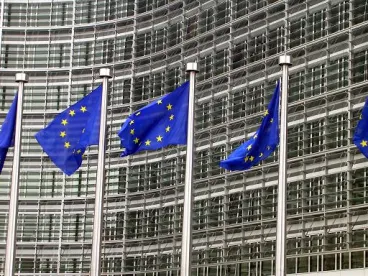In early July 2016, the EU extended the economic sanctions targeting the financial, energy and defense industries of the Russian economy, as well as dual-use goods, until Jan. 31, 2017. These sanctions were prolonged because the European Council determined that the Minsk agreements concerning military activity in the Donetsk and Luhansk regions of Ukraine have not been respected. This GT Alert provides for an update and an overview of the EU various sanctions against Russia and the Crimea and Sevastopol regions.
On July 1, 2016, the EU economic sanctions that target the financial, energy and defense industries of Russia, as well as dual-use goods, were prolonged until Jan.31, 2017. The sanctions were extended because the European Council determined that the Minsk agreements concerning a ceasefire to restore peace and the sovereign integrity of Ukraine’s state borders had not been respected. The EU Council, however, adopted and extended the sanctions on a unanimous basis, insisting that the Minsk agreements must be implemented completely.
The prolonged economic sanctions aim to do the following:
-
limit access to EU primary and secondary capital markets for five major Russian majority state-owned financial institutions and their majority-owned subsidiaries established outside of the EU, as well as three major Russian energy companies and three defence companies;
-
impose an export and import ban on trade in arms;
-
establish an export ban for dual-use goods for military use or military end users in Russia; and
-
curtail Russian access to certain sensitive technologies and services that can be used for oil production and exploration.
These measures were initially introduced on July 31, 2014, for a duration of one year in response to Russia's actions destabilising the situation in Ukraine. They were reinforced in September 2014. On March 19, 2015, the European Council agreed to link the duration of the sanctions to the complete implementation of the Minsk agreements. Since the Minsk agreements were not fully implemented by Dec. 31, 2015, the Council extended the sanctions again until July 31, 2016. Having assessed the implementation of the Minsk agreements, and finding their implementation status to be unsatisfactory, the Council decided to renew the sanctions for a further six months, until Jan. 31, 2017.
A further decision was made that the current sanctions, which target individuals and entities because of “actions which undermine or threaten the territorial integrity, sovereignty and independence of Ukraine” and misappropriation of Ukrainian state funds, will remain in place until Sept. 15, 2016.
In addition to these economic sanctions, several other EU measures are in place in response to the crisis in Ukraine, including:
-
targeted individual restrictive measures, namely a visa ban and an asset freeze, currently against 146 people and 37 entities until Sept. 15, 2016; and
-
restrictive measures in response to the illegal annexation of Crimea and Sevastopol, limited to the territories of Crimea and Sevastopol, currently in place until June 23, 2017.
For reference, we provide this timeline, which tracks the EU sanctions against Russia that were imposed in relation to the Ukraine crisis and those that concern the annexation of Crimean and Sevastopol.
In addition to the EU sanctions, the United States also imposes certain sanctions against Russia. The U.S. sanctions include Sectoral Sanctions, which target certain sectors of the Russian economy, as well as export restrictions and targeted sanctions, which restrict transactions with certain prohibited persons and entities. The U.S. sanctions were initially implemented in March 2014. They have been increased several times since their initial implementation, and are expected to remain in place for the foreseeable future. As of the date of this Alert, the U.S. sanctions also include a nearly comprehensive embargo on Crimea.



 />i
/>i
